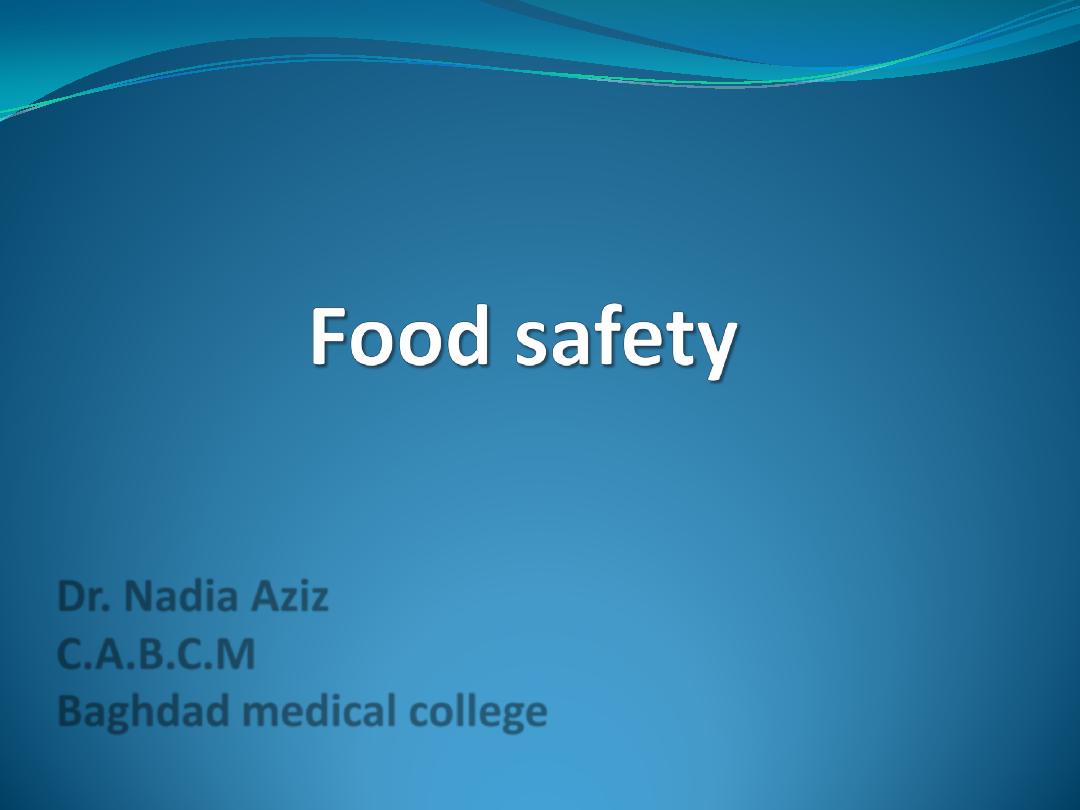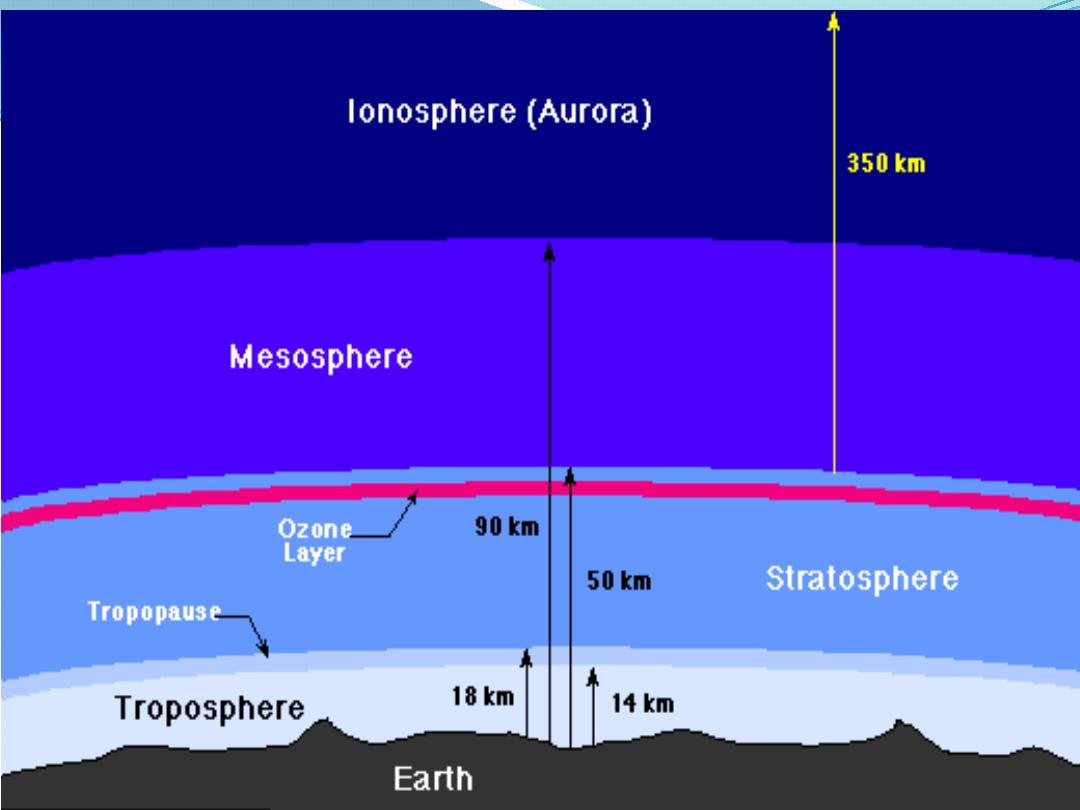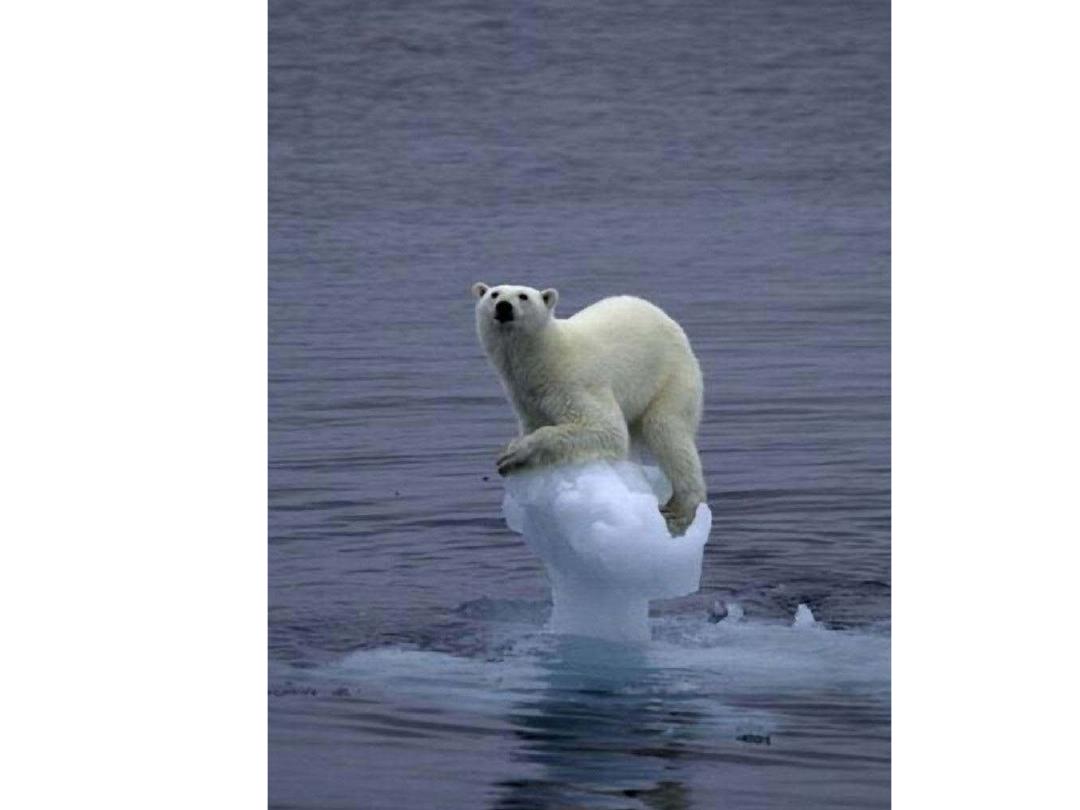
Dr. Nadia Aziz
C.A.B.C.M
Baghdad medical college
Community
1

objectives
Describe types of
food born diseases
and its causes
Describe types of
food preservation
Define
global warming
Explain different ways of
medical wastes disposal
2

Food safety
The objectives of food processing and preparation are
to provide
safe
and
neutrious
food to the consumer.
The responsibilities for accomplishing this objective lie
with every step in the
food chain
beginning with food
production in the farm and continuing through
processing, storage, distribution cell and consumption.
3

Food born diseases
1- Bacterial infection
Salmonellosis
: many people are permanent often
asymptomatic
carriers
. Chicken infected with salmonella
species can excrete these organisms into the eggs.
Shigellosis
:
Salads
are frequently implicated.
Viberiosis
: consumption of
raw
or undercooked shellfish.
E coli
: Enterotoxigenic strains are a notable cause of
traveler
diarrhea
4

Food born diseases
2-viral infection
Infectious hepatitis
: control is achieved by cooking
food, stressing personal hygiene and by avoiding
shellfish harvested from
polluted waters
Enteroviruses
: (coxsackie, echo ,Norwalk, rotavirus)
foods associated with transmission of viral agents are
raw shellfish , vegetables , fruits and salads
5

Food born diseases
3-
P
arasites
Nematodes
(round warm): Ascaris lumbricoides ,
Enterobius vermicularis
Protozoa
cause a large number of food born and
water born outbreaks each year. Entamoeba
histolytica, toxoplasma gondii, giardia lamblia cause
dysentery like illness that can be fatal.
6

Food born diseases
Bacterial Intoxication
Staph. aureus
:certain strain produce a
heat - stable
enterotoxin, 25% of healthy people are
carriers
bacillus cereus
:
heat stable
&
heat labile
enterotoxins
Ch. botulinum
:
infant
botulism
is the common form
of botulism(6 week- 6 month)
7

chemical intoxications
chemical hazards are
minimally important
as etiological
agents of food born disease .
most human made chemicals associated with food born
disease find their way into foods by
non intentional
means
accidental or inadvertent contamination with heavy metals,
detergents or sanitizers can occur .
Food born diseases
8

Food Preservation
Preventing growth or activity
of microbes with low
temperatures, drying, anaerobic conditions, or
preservatives can be done.
Killing or injuring
microbes with heat, irradiation, or
some preservatives is certainly effective.
9

Food Preservation
Steps
to manipulate the microbial growth:
a.
Avoid addition of actively growing
organisms
that found on unclean containers, equipment, and
utensils & by reducing contamination.
b. Create
unfavorable environmental
conditions
for growth.
10

Food Preservation
Unfavorable environmental conditions for
growth :
Is the
most important step of
food
preservation & done by extremes of
temperature , irradiation, low Ph, and by
adding inhibitors and preservatives
11

Food Preservation
Asepsis:
Packaging
is the most widely used form of
asepsis and includes wraps packages, cans,
etc.
12

Food Preservation
Modified atmosphere conditions
:
altering the atmosphere surrounding the food
can be a useful way to control microbes
examples:
packaging with vacuum
,
CO
2
,
N
2
, or
combinations of inert gases
with or without
oxygen .
13

Food Preservation
High temperature preservation
:
Based on destroying microbes, but may injure certain
thermoduric microbes (spore formers usually survive)
Less severe heat processing is
pasteurization
which
usually involves heating at
less than 100
o
C
.
14

Food Preservation
Low temperature preservation
:
Refrigeration freezing temperature should be
maintained as low as possible for
refrigerated food.
15

Food Preservation
Drying:
Foods can be preserved by removing or binding
water. any treatment that lowers water activity can
reduce or eliminate growth of micro organisms .
16

Food Preservation
Preservatives
:
Inorganic preservatives
examples are NaCl , nitrate,
nitrite , sulfite and SO
2
.
NaCl lowers water activity and causes
plasmolysis
by with
drawing water from cells.
Nitrite and nitrates are
curing
agents for
meats to inhibit
C.potulinum
under vacuum packaging conditions
17

Food Preservation
Inorganic preservatives
sulfur dioxide (SO2) sulfite (
so
3) bisulfite HSO3
and metabisulfites S2O5 form
sulfurous acids
which is the anti microbial agents
18

Food Preservation
Inorganic preservatives
•
Nitrite can react with secondary and tertiary amines to
form potentially
carcinogenic
nitrosamine during cooking.
•
Nitrates in high concentrations can results in
red blood
cell functional impairment.
•
Sulfating agents likewise can cause
adverse respiratory
effects
to susceptible consumer particularly asthmatics
19

Food Preservation
Irradiation
: non ionizing radiation
ultraviolet
microwave
infrared
20

Food Preservation
ultraviolet are used to
disinfect
water, surfaces,
utensils walls ceilings and floors.
ultraviolet will
not penetrate opaque
materials and
is good only for surface decontamination.
infrared has
little penetrating
power
microwaves have
excellent penetrating
power
21

Food Preservation
Fermentation:
A number of foods use
beneficial microorganisms
in
the course of their processing.
The sugar in certain food is converted to organic acids,
ethanol, or carbon dioxide, these three by- products
not only serve as
desirable flavors
but also provide a
significant
antimicrobial barrier
to pathogens.
22

Global warming
Earth mantle of atmosphere acts like a greenhouse,
allowing
passage of short-wavelength
solar radiation
into the biosphere,
trapping longer wavelength infrared
radiation.
Without the greenhouse effect, earth surface
temperature would
swing
from over
50
0
c in strong sunlight to -40
0
c at dawn.
23

24

Global warming
The concentration of greenhouse
gases in the
troposphere has risen
rapidly since the beginning of the
industrial era because several of these gases, notably
carbon dioxide, are products of
fossil fuel combustion
and other human activities.
25

Global warming
Over 6 billion metric tons of
CO
2
, the principle
greenhouse gas
, are added to the troposphere annually,
increasing amounts every year.
Tropical rain forest
, the most important carbon sink(a
biological system that
absorbs carbon emissions
, helping
to balance negative impacts on earth temperature), are
being rapidly depleted often by burning and adds more
carbon gases to the greenhouse.
26

Global warming
Phytoplankton
, another important carbon sink, are
damaged by increased ultraviolet radiation (UVR) flux
from depleting stratosphere ozone.
It is estimated by global climate models that the
average temperature will rise by about
0.5
0
C
in the first
half of the twenty-first century.
27

Global warming
Global warming has
direct
and
indirect
adverse effect
on health.
heat –wave
deaths are dramatic and obvious.
increase incidence and prevalence of
water born
and
vector born
disease. Malaria, is expected to be
prevalent in temperate zones and in altitudes in
tropical and subtropical regions from which it is now
absent .
28

Global warming
The indirect effects of global warming include:
A rise in sea –level of up to 50 cm
by the year 2050, due
to melting of polar and alpine ice-caps and thermal
expansion of sea water mass. This will disrupt many
coastal ecosystems and perhaps some ocean fisheries.
Anomalous weather emergencies
such as catastrophic
floods, hurricanes and tornadoes and heat waves.
29

30

Global warming
Stratospheric Ozone attenuation
The
chlorofluorocarbons
(CFC
S
), a widely used class of
chemicals, would permeate the upper atmosphere
where they would break down under the influence of
solar radiation to produce
Chlorine monoxide
.
Chlorine monoxide destroys Ozone
, each molecule of
chlorine monoxide is capable of destroying over 10,000
ozone molecules.
31

32

Global warming
Other atmospheric contaminant
that destroy
stratospheric ozone include other
halocarbons
and
perhaps
oxides of nitrogen
(in exhaust emissions of
high- flying supersonic jet aircraft).
Volcanic eruptions
sometimes release
Chlorine
compounds into the atmosphere, so natural as well as
human –induced processes can contribute stratospheric
ozone attenuation.
33

Global warming
In 1985, Farman and coworkers observed extensive
attenuation (
a hall
) in the stratospheric ozone layer over
Antarctica during the southern hemisphere spring.
Seasonal ozone depletion
has been observed in the
northern hemisphere too.
Stratospheric ozone depletion was correlated with
increased surface level UVR flux.
Ozone depletion is about
3-4%
of total stratospheric
ozone and increasing annually.
34

Global warming
CFC
s
were widely used as solvents in manufacture of
microprocessors for computers, foaming agents in
polystyrene packing, and as
Freon gas in air conditioners
and refrigerators
, their supposed chemical inertness
made them a popular choice.
35

Global warming
Stratospheric ozone depletion permits
greater
amount of harmful UVR
to enter biosphere, where it
has adverse effects on many biological systems and
on human health.
36

Global warming
The principal biological effects of increased UVR are
disruption of the reproductive capacity and vitality of
small and single- celled organisms , notably
phytoplankton
.
Increased UVR also has direct adverse effects on human
health, it increases the risk of
skin cancer
, increases the
risk of
ocular cataracts
, and probably
impairs immune
function.
37

Medical Waste Disposal
The
primary methods
of treatment and disposal of
medical waste are:
Incineration
Autoclaves
Chemical Disinfection
Microwave
Irradiation
38

Medical Waste Disposal
Autoclaves
Autoclaves are closed chambers that apply both
heat and pressure, and sometimes steam
Chemical Disinfection
primarily through the use of Chlorine products
39

Medical Waste Disposal
Microwave
The microwaves
internally heat
the waste, rather than
applying heat externally, as in an autoclave.
Irradiation
Through exposure of the waste to a
cobalt source
. The
gamma radiation generated by the cobalt source
inactivates all microbes that may be present in the
waste
40

Thank you
41
